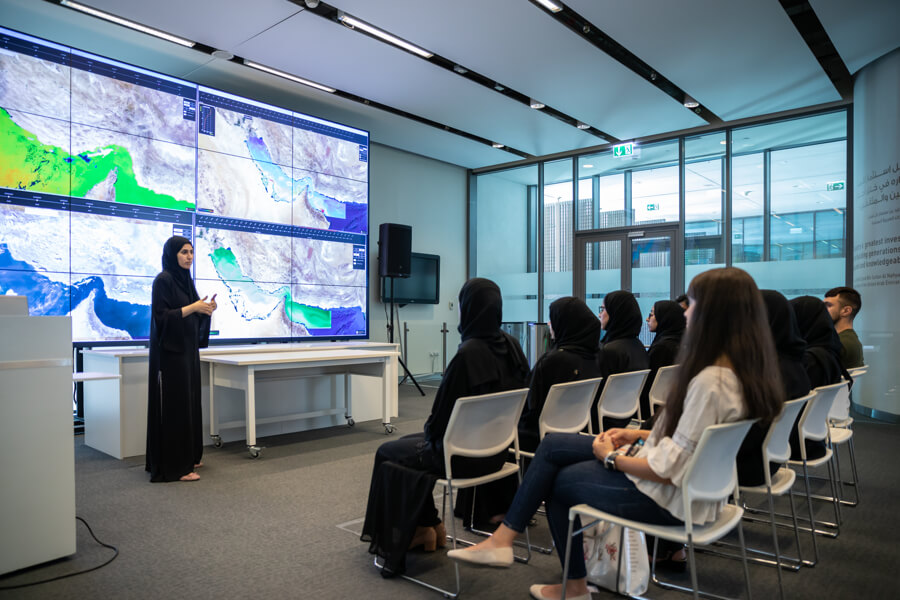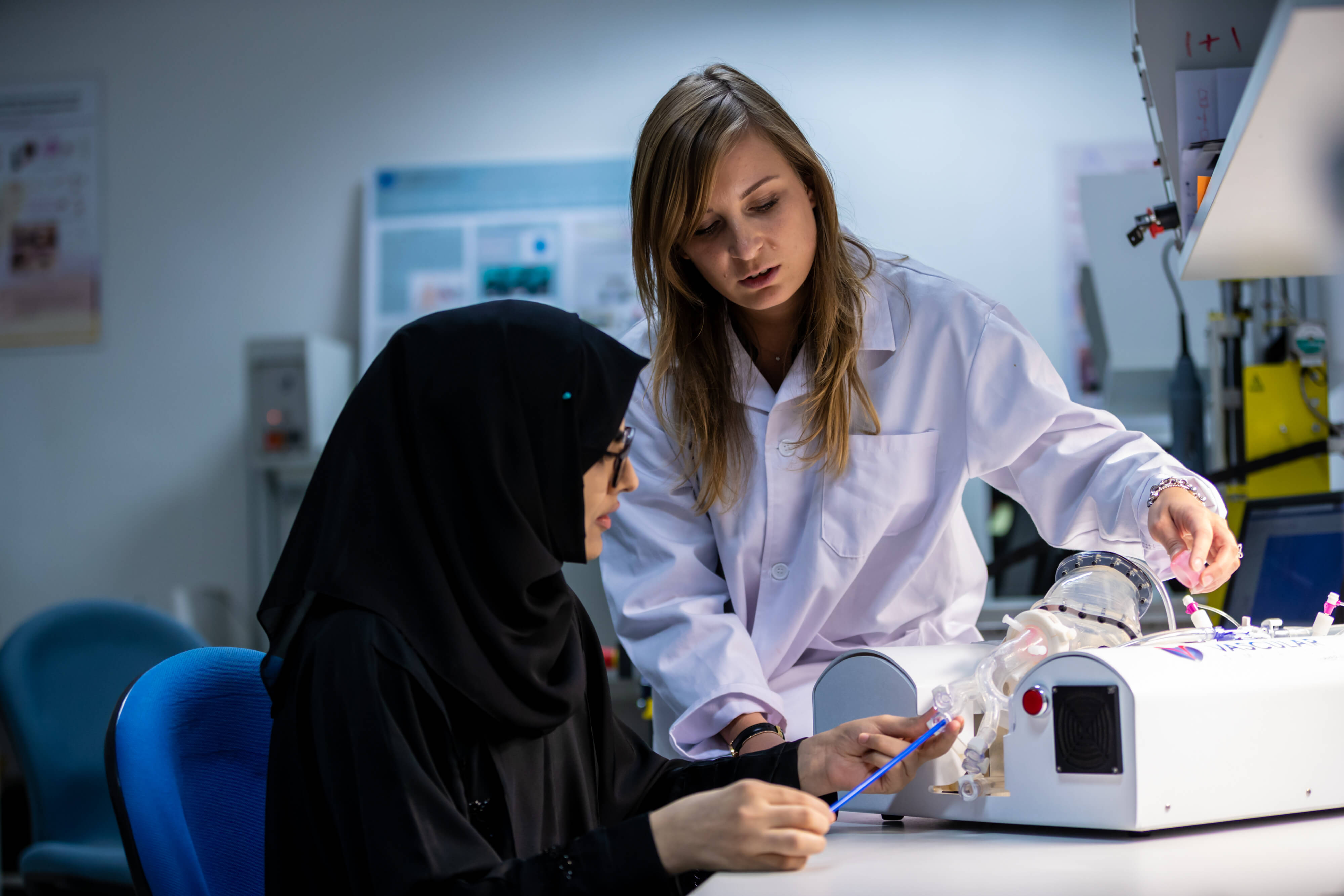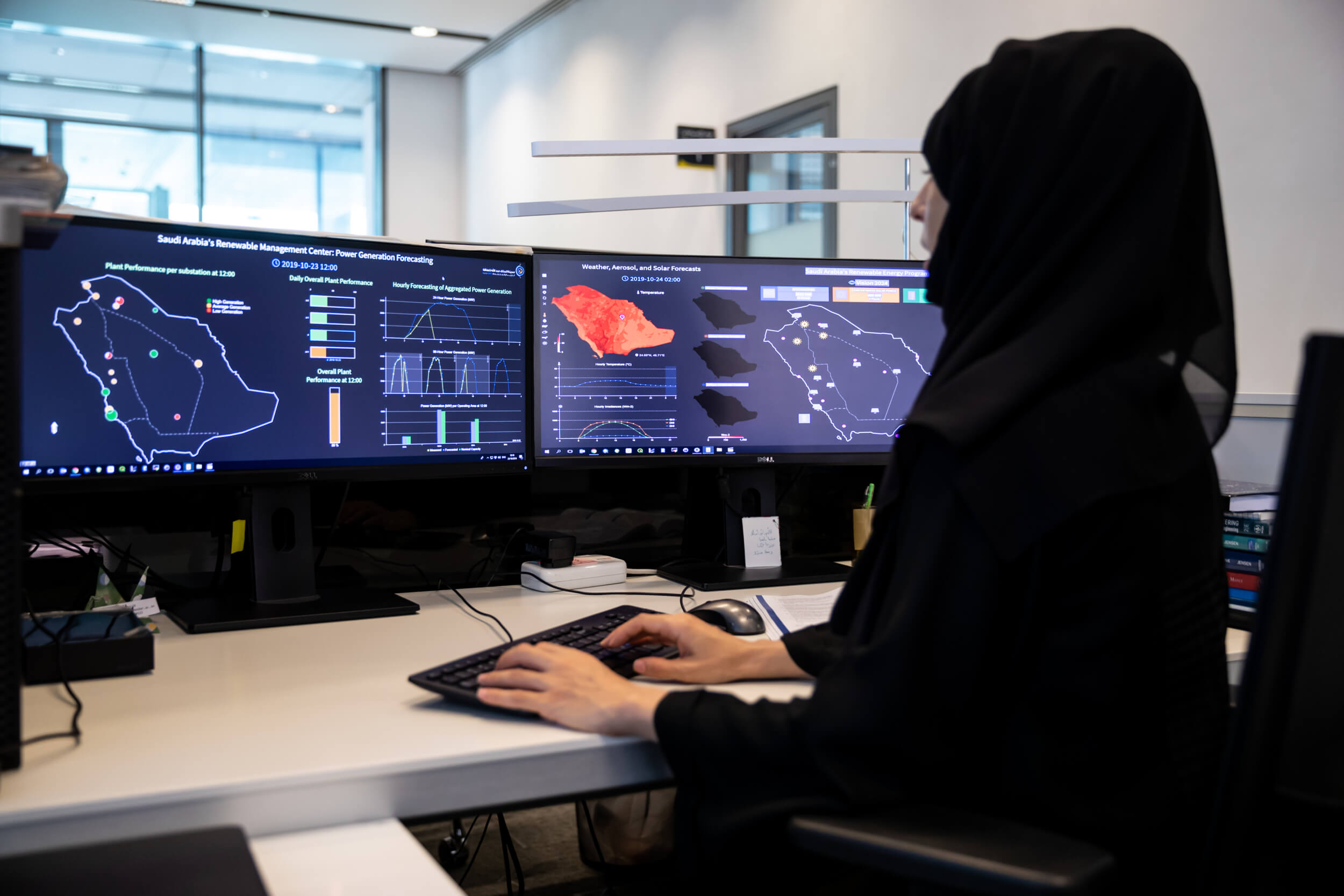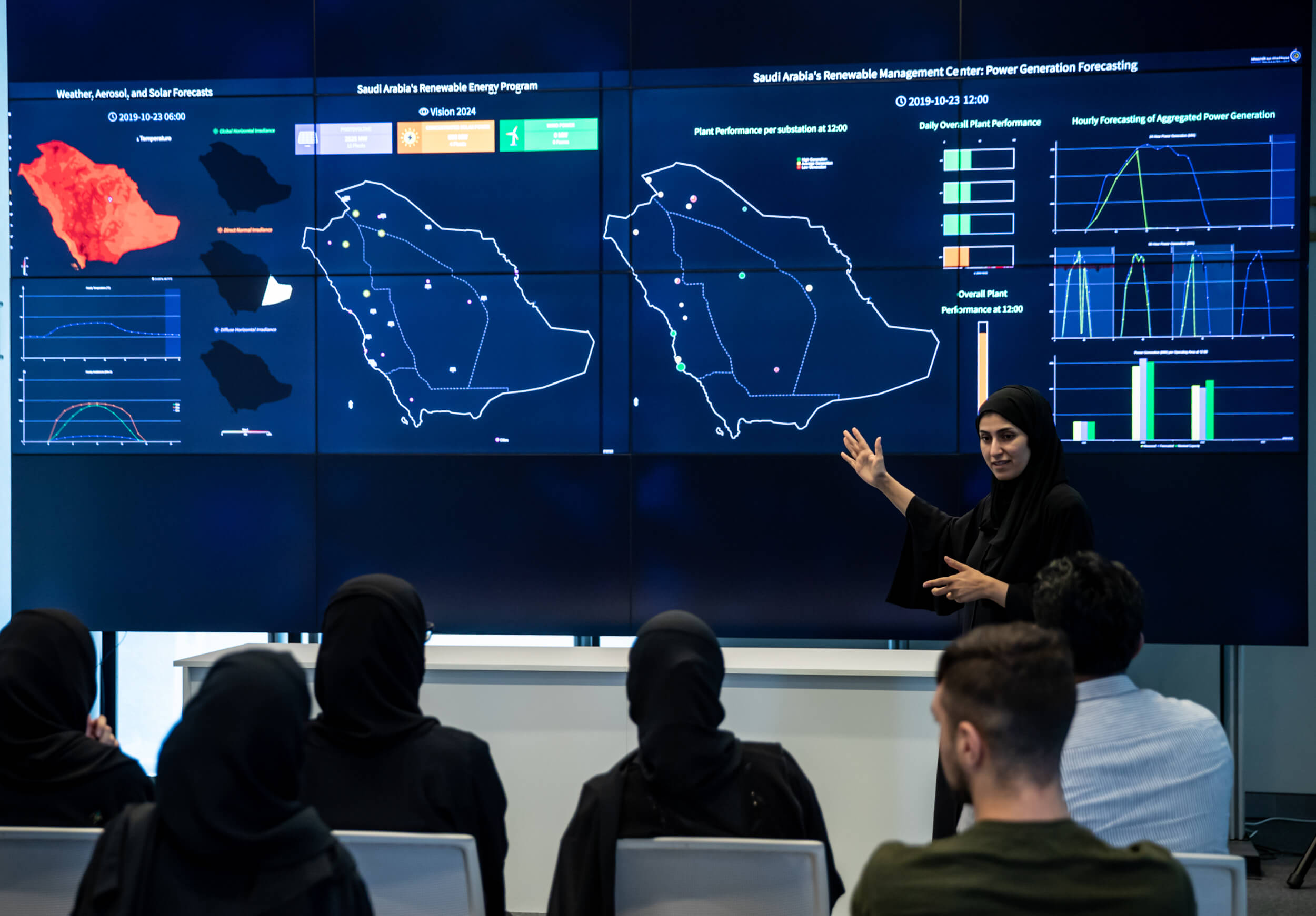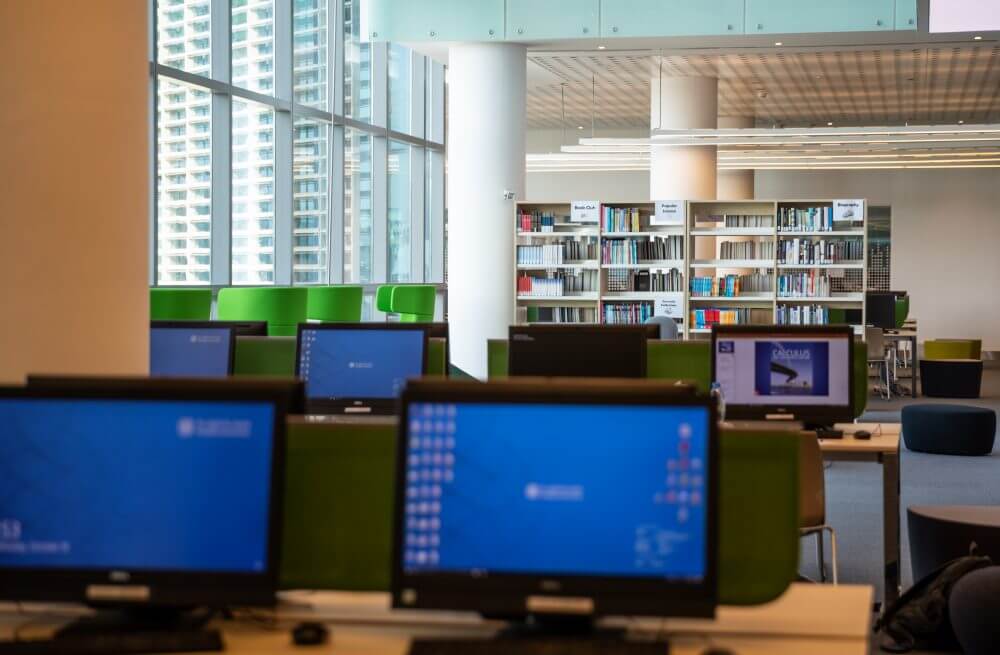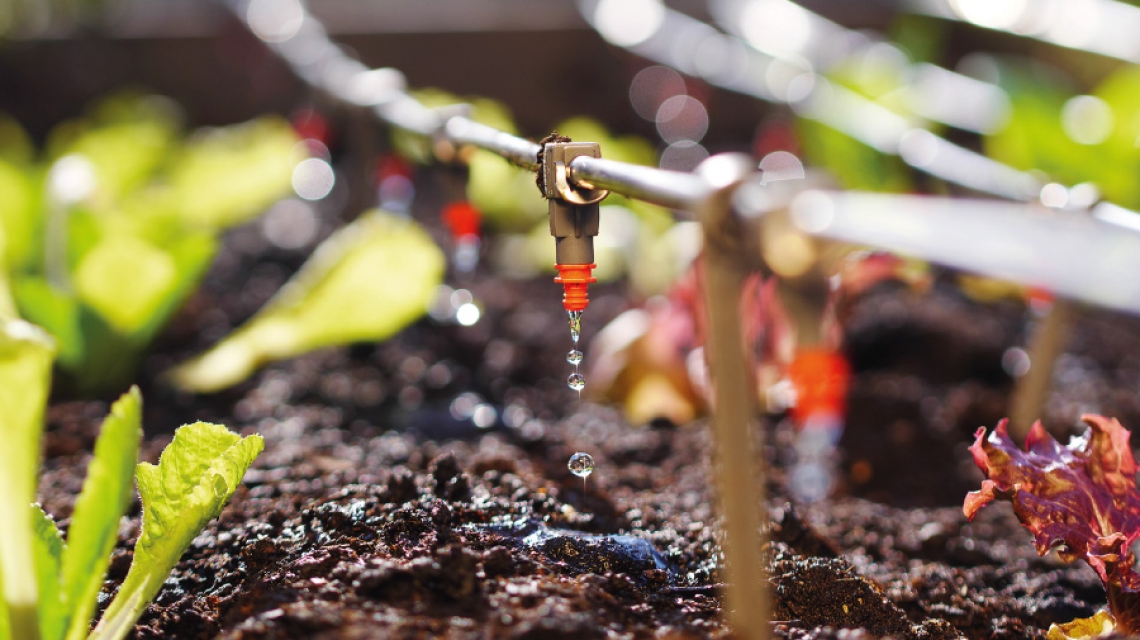
By Dr. Farrukh Ahmad
In the not so distant past, water, food and energy were treated as separate, unrelated issues. Policy makers would attempt to increase energy output without considering the impacts on food and water. Or vice-versa – policy was put in place to increase water and agricultural production without thought to how this would adversely affect energy demand.
These realizations have prompted a more integrated outlook on the links between food, water and energy. The food-water-energy nexus perspective recognizes that any solution for one problem must consider direct and indirect impacts on the other two in the nexus.
A perfect example of the food-water-energy nexus lies at the beginning of the food production chain: irrigation of food crops, especially in arid climates, requires huge quantities of water, which in the UAE is either pumped from underground or produced through desalination – both of which involve a lot of energy. This food-water-energy chain highlights the interdependencies at the heart of the nexus approach.
The UAE is one of the world’s most water-scarce nations, which is why it is especially important to find innovative ways to advance its agricultural systems without overburdening its limited freshwater sources. While up to roughly 60% of the treated municipal wastewater in Abu Dhabi is reutilized for landscape irrigation, the remaining is dumped back into the sea.
Our team at Masdar Institute wants to capitalize on that dumped wastewater, known as treated effluent, clean it up and recycle it back into our food production chain for edible crop irrigation. This could free-up Abu Dhabi’s limited freshwater for our drinking and washing needs while providing more water to meet our agricultural requirements – enhancing food security. Essentially, it could be a win-win situation.
In order to use treated municipal wastewater for crop irrigation, the water must be properly treated and pose no adverse health risks to the crops or consumers of the crops, namely us – the people who eat the crops.
The treated effluent we are targeting is wastewater that has been treated by an activated sludge process followed by chlorine disinfection – a process that removes much of the organic contaminants in wastewater. While activated sludge removes some contamination, it does not render the water safe for potable consumption or for edible crop irrigation. Residual contaminants, such as harmful disease-causing pathogens and pharmaceutical compounds, can remain in the treated effluent.
Our team is developing a reliable system for ensuring that the treated wastewater is safe for food crop irrigation by developing new analysis methods for detecting disease-causing bacterial pathogens by employing the new technology of next-generation (DNA) sequencing; and detecting and characterizing the residual pharmaceutical micropollutants that can potentially accumulate in edible crops and can lead to problems such as antibiotic resistance. We have also developed and tested a quantitative risk assessment protocol to determine whether adverse health effects can result from consuming common high-volume food crops (lettuce, cabbage and cucumber) irrigated with this treated effluent.
With a rapidly growing world population, the United Nations predicts that we will need roughly 30% more water, 40% more food, and 30% more energy by 2030. To address this challenge, we must develop innovative, sustainable, and integrated solutions that make the most out of our water and energy resources, combining them whenever possible, to produce more food.
Our proposal to use treated municipal wastewater to irrigate edible crops is exactly the kind of integrated thinking we need in order to enhance food security while reducing water and energy consumption. We are working to provide some of the solutions necessary to sustainably meet the UAE’s growing demand for water and food.
Dr. Farrukh Ahmad is an associate professor of chemical and environmental engineering at the Masdar Institute of Science and Technology
11 January 2016


